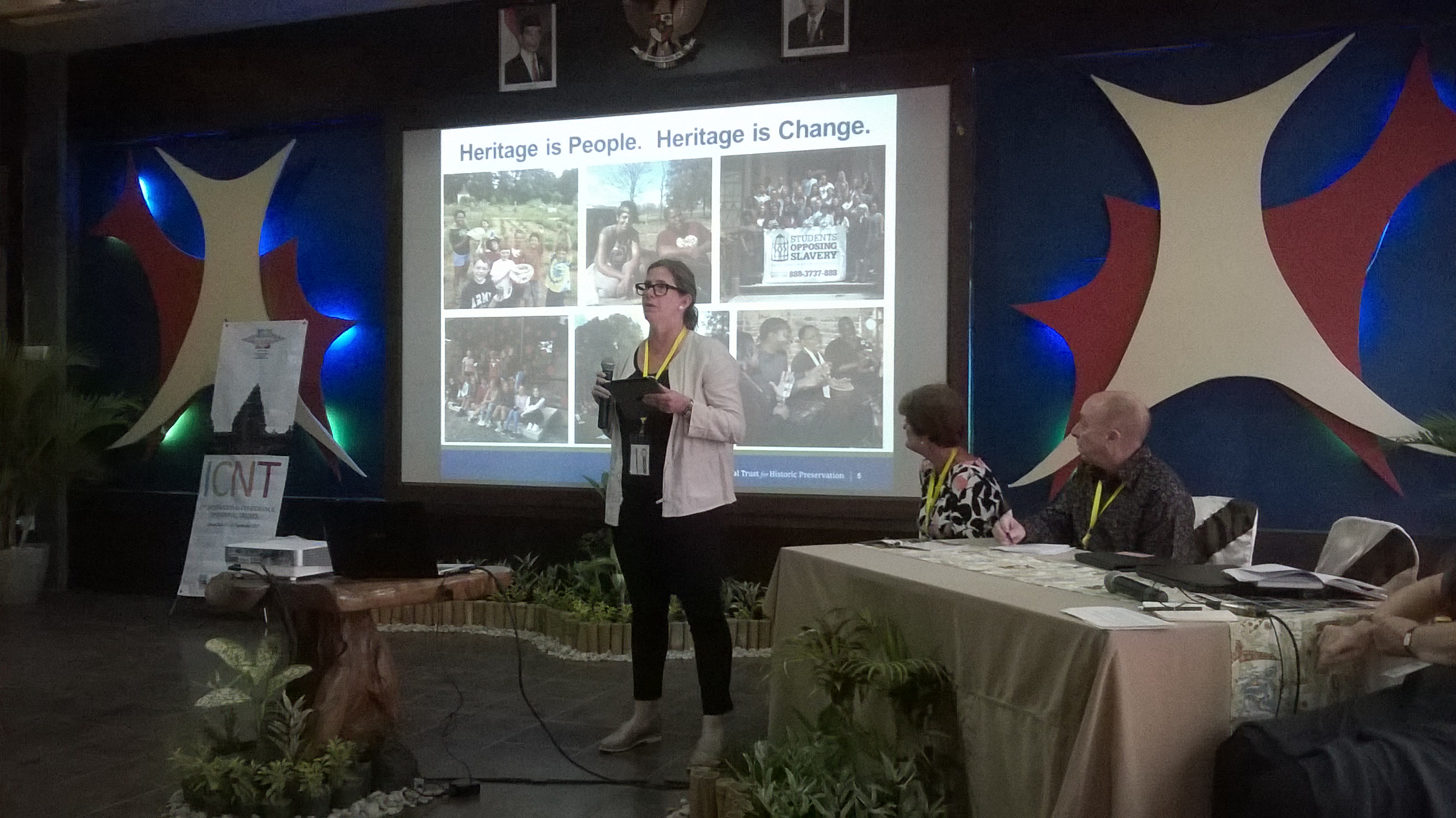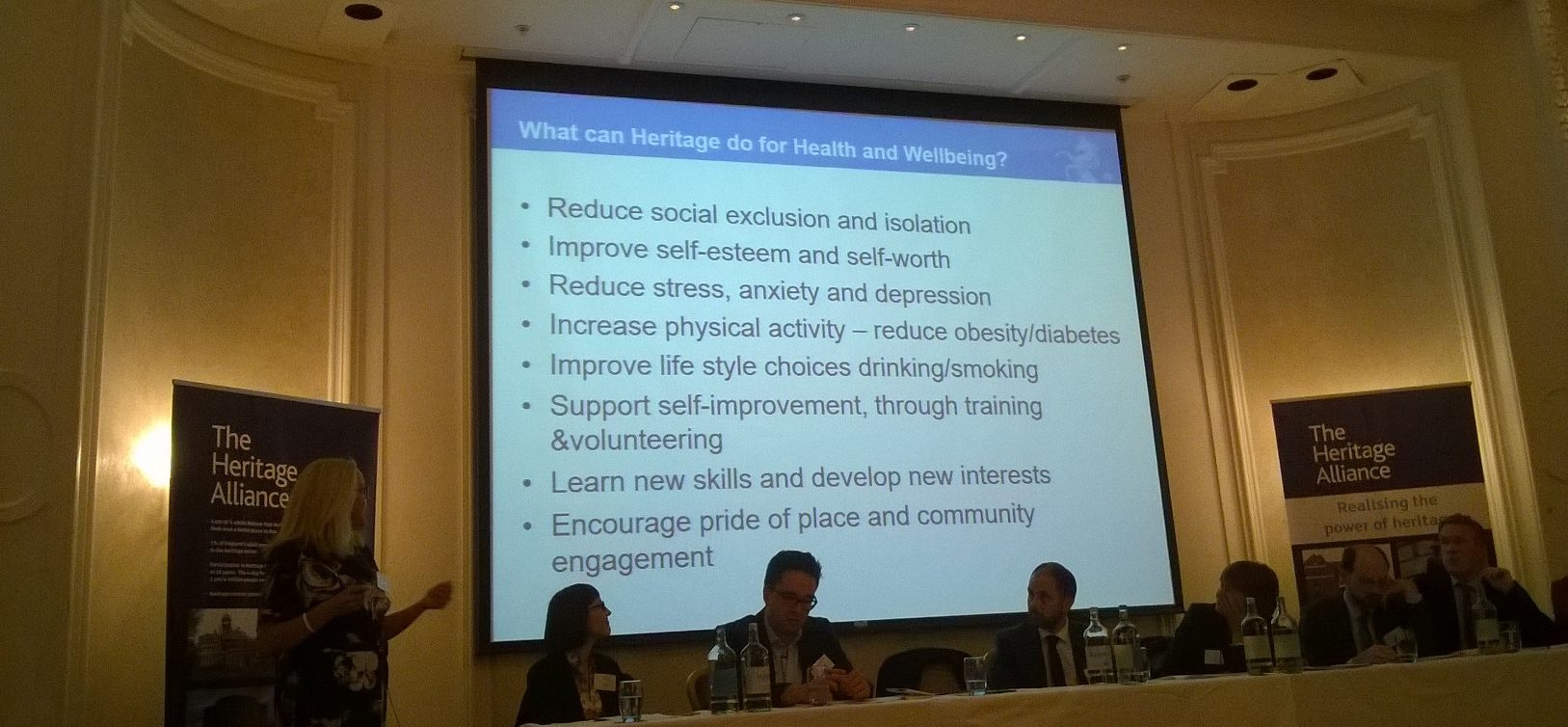-
Conservation models (Weekly blog, 2 October 2017)
Posted on October 3, 2017A blog by Catherine Leonard, Secretary-General
This morning I met a group of Flemish politicians, exploring ways of conserving their national heritage.
Not surprisingly, they had sought a meeting with the National Trust (NTEWNI), which I was happy to be part of. As the Trust’s Government Affairs Director explained how the organisation operated however, I found myself wondering how relevant the model was.
Vital statistics
The Trust is unique. Its size and breadth are extraordinary. The just-published 2016/17 Accounts show that total annual income was £591,742,000. Moreover membership subscriptions accounted for over £200m of that, for the first time. The Flemish MPs were impressed and surprised. And I asked myself once again: Is it really possible to replicate? Indeed, should they even be trying?
Other models
In similar situations, I nearly always find myself citing other examples from across the INTO family. Why not look a little closer to home, like the wonderful Gelderland Trust? GLK owns and opens to the public seven beautiful historic houses alongside over 100 natural sites.
Or at different approaches like that of the National Trust for Historic Preservation in the US? They only own a small number of sites but we heard from Katherine Malone-France in Bali that attendance is increasing. Indeed the NTHP has an important role as a place for gathering and dialogue.
Or the Yangon Heritage Trust which is working with the city authorities to develop a heritage strategy combining conservation and development to create Asia’s most liveable city. A far cry from tea towels and cream teas!

Katherine Malone-France presenting at the American Express Heritage Leaders Panel, Bali 2017
Heritage Trusts Handbook
This is why our new Heritage Trusts Handbook is going to be so useful. It actually only makes scant reference to the NTWENI. Not just because its work is already so well-known and admired. But also because the Trust’s operation is on such a different scale. Whilst impressive and inspirational, it’s not always practical to duplicate.
So the Handbook draws instead on examples of replicable ideas, projects and activities from across the INTO network. Like creating liveable cities; engaging people in new fundraising initiatives; heritage festivals; education initiatives; social inclusion – the list goes on.
I hope the Handbook will be useful to the Flemish team and encourage them to investigate other Trusts doing such excellent work.
This afternoon, after lunch at the George Inn they are spending time at Sutton House. Here they will hear about community outreach in the East End of London and how the property is telling LGBTQ stories. They will then spend the second day of their short visit to the UK with our friends at the Churches Conservation Trust.

What can heritage do for health and well-being? Heritage Alliance Debate 2017
Is heritage good for your health?
I’m meeting them for dinner this evening after a brief stop off at the Heritage Alliance Debate: Is Heritage Good for your Health? Well, we would say “Of course it is!!!” but it will be interesting to hear more evidence. Alongside concrete ideas as to how the heritage sector can build connections with the world of public health. Interesting stuff! (You can read some stats from Historic England’s Heritage Counts survey.)
I’ll finish with a final reflection about the NTEWNI. The Trust has had 122 years to grow into the thoroughbred it is today. It has lived through turbulent and unique times which enabled it to acquire such a broad portfolio of property. And with each generation it has turned its attention to a different aspect of heritage: the modest vernacular buildings and landscapes of the early days; the country houses of the 1940s; the coastline in the 1960s and the social acquisitions of the late 20th century.
But its organisational growth has been focussed on the last forty years. As June Taboroff reminded us in Bali (quoting from the diaries of James Lees Milne): “After 47 years of operation, the Trust employed four male staff, of whom two where unqualified, and two female staff, a typist and a “junior,” and had a membership of 6,000”!
Worth remembering that FAI, the Italian National Trust, is now a similar age (it was established in 1975). With 150,000 members, 58 properties and 250 staff, it is certainly further ahead than the NTEWNI was. I wonder how their Annual Report will read in 2100?!
Thanks for reading!

 44 (0)20 7824 7157
44 (0)20 7824 7157